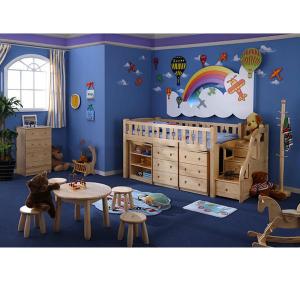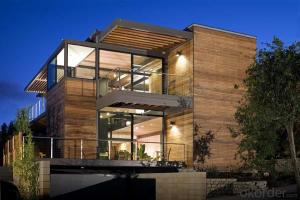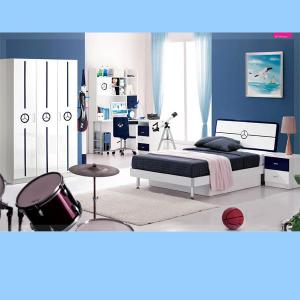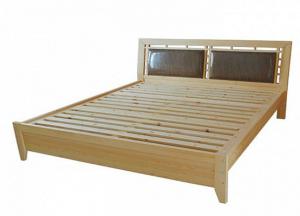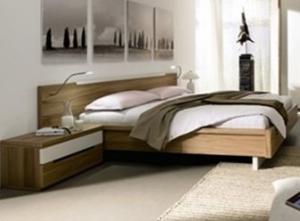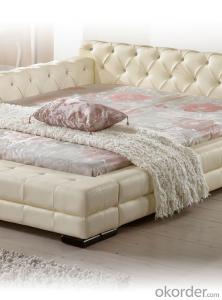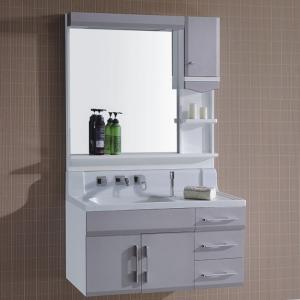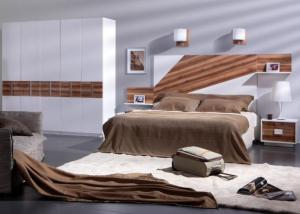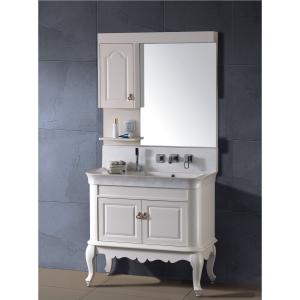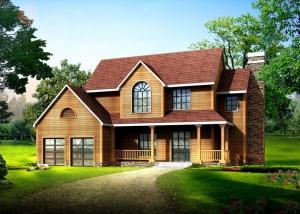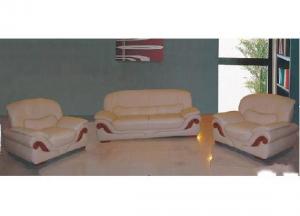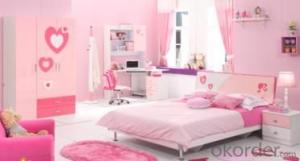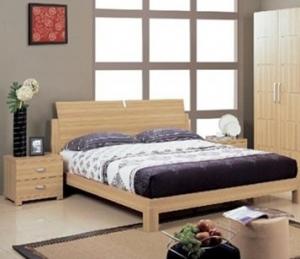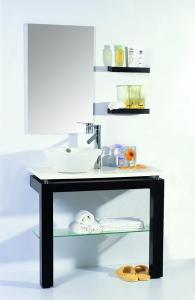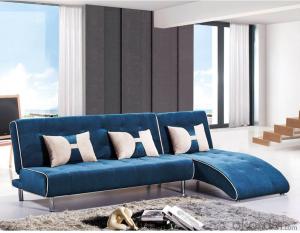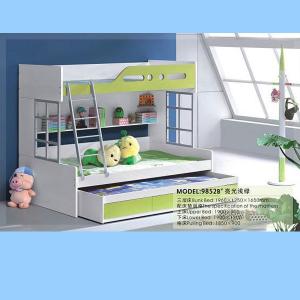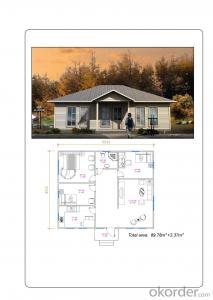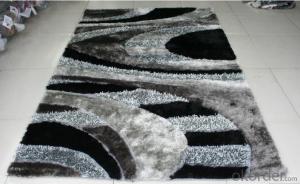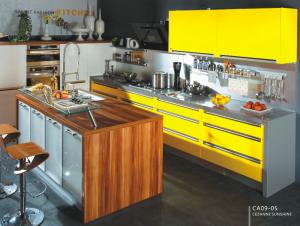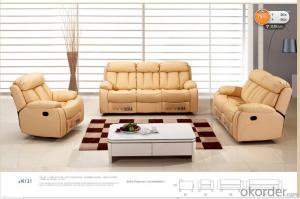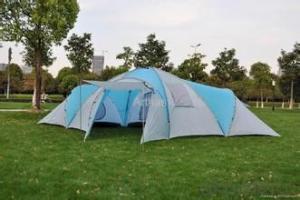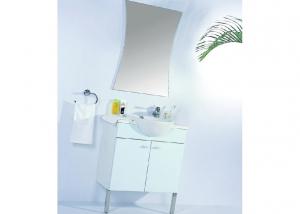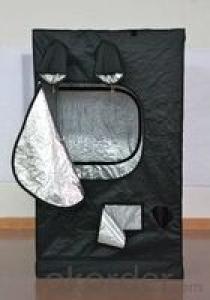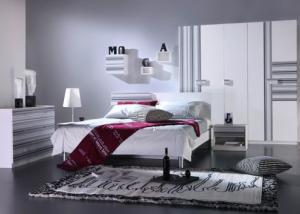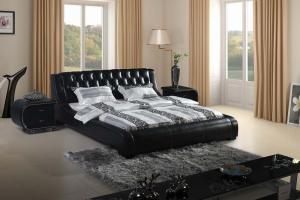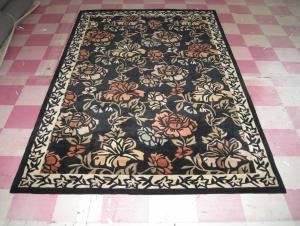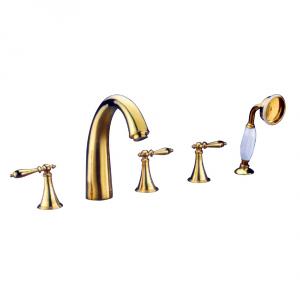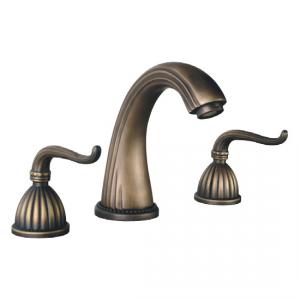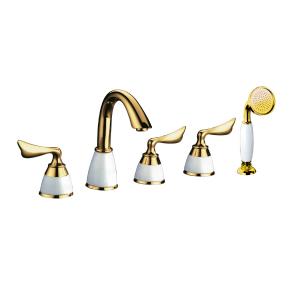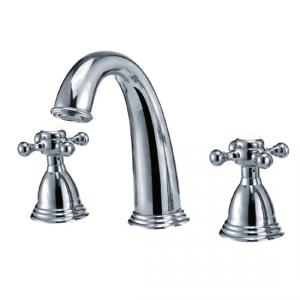Modern Cabin Kits
Modern Cabin Kits Related Searches
Modern Ceiling Fixtures Contemporary Roofing Materials Contemporary Container Homes Modern Commercial Carpet 4X6 Greenhouse Kits Rion Greenhouse Kits Canada Greenhouse Kits Modern Trailer Homes Lighting Pendants Modern Contemporary Prefab Homes Heated Greenhouse Kit Flat Pack Log Cabin Homes Aluminum Greenhouse Kits Contemporary Garden Pots Modular Carpet Reasonably Priced Bunk Beds Kids Furniture Sets Greenhouse Kits Uk Kitchen Ceiling Fixtures Camping Sun Loungers Sanitary Bathroom Fittings Led Kitchen Ceiling Fixtures Van Storage Bins Led Kitchen Ceiling Light Fittings Drainage Fittings Living Rugs Antique Carpets Bunk Beds And Mattresses Complete Greenhouse Kit Shower Hardware SetsModern Cabin Kits Supplier & Manufacturer from China
Modern Cabin Kits are a collection of prefabricated structures designed to provide comfortable and stylish living spaces. These kits are engineered to meet the demands of modern living, incorporating energy-efficient materials and innovative design elements. They are perfect for those seeking a sustainable and cost-effective alternative to traditional construction methods. Modern Cabin Kits can be used in various scenarios, such as vacation homes, guest houses, or even as a primary residence for those looking to downsize their living space. These kits offer a customizable solution that can be tailored to suit individual preferences and needs, making them an attractive option for a wide range of users.Okorder.com is a leading wholesale supplier of Modern Cabin Kits, boasting a vast inventory that caters to the diverse requirements of customers worldwide. With a commitment to quality and customer satisfaction, Okorder.com ensures that each Modern Cabin Kit is manufactured to the highest standards, using durable and eco-friendly materials. This extensive selection of kits allows customers to choose from a variety of designs, sizes, and features, ensuring that every project can be completed with the perfect kit for their specific needs. By partnering with Okorder.com, customers can benefit from competitive pricing, reliable shipping, and exceptional customer support, making the process of acquiring Modern Cabin Kits both convenient and hassle-free.
Hot Products
